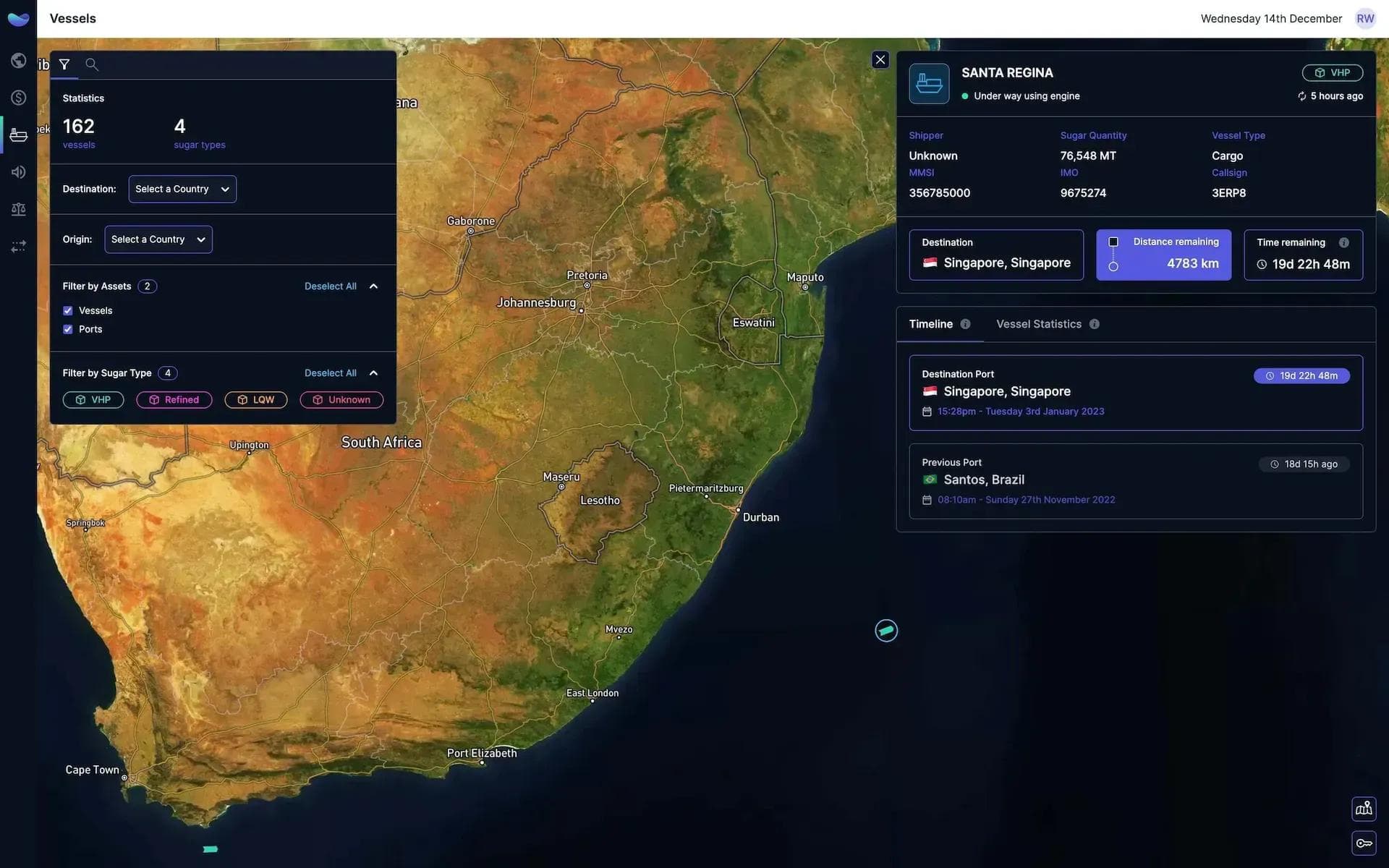
Lazarus Mamai
Marketing & Communications
Commodities


Lazarus Mamai
Marketing & Communications
The global commodities market is constantly changing, with prices for commodities like sugar and grains fluctuating based on various factors. As we look ahead to 2023, what can buyers and sellers expect regarding price trends and market outlooks?One of the critical factors that is impacting global commodity prices in 2023 is the ongoing COVID-19 pandemic. WHO reports that as of 30 April 2023, over 765 million confirmed cases and over 6.9 million deaths have been reported globally. However, the cases have reduced from 30% to 17% as vaccination programs are underway in many countries. The pandemic continues to disrupt supply chains and create uncertainty in the market. This has led to higher prices for some commodities, such as sugar and soybeans, and increased demand for others, such as wheat and corn.Another factor that could impact commodity prices is the ongoing conflict between Russia and Ukraine. With the recent attack on the Kremlin, analysts predict the global supply chain will mostly be affected in 2023. The conflict can potentially disrupt key supply chains and impact the production and transportation of commodities like wheat and corn. In addition, economic sanctions and political instability in the region could also lead to higher prices for some commodities.
Inflation will also likely be a significant factor in global commodity prices in 2023. The US Federal Reserve and other central banks have implemented accommodative monetary policies to stimulate economic growth, which has led to higher inflation in many countries. This could lead to higher prices for commodities like sugar and edible oils, often used to produce other goods. In East Africa, for example, Business Daily reports that Kenya is the only country with an upward economy at the rate of 5.3%, as forecasted in 2022. Burundi’s projected growth for 2023 has suffered the largest slash of 80 basis points to 3.3 percent, followed by Rwanda’s, whose projected growth has been downgraded by 50 basis points to 6.2 percent. Src; BDClimate change is another critical factor impacting global commodity prices in 2023. Extreme weather events, such as droughts and floods, can impact crop yields and lead to price volatility in the market. Floods, for example, have wrecked parts of southern Africa, making sugarcane transportation impossible. In addition, efforts to mitigate the impact of climate change, such as the transition to renewable energy, could impact demand for commodities like oil and gas.Despite these challenges, some positive trends could impact global commodity prices in 2023. For example, growing demand for plant-based foods and alternative proteins could increase demand for commodities like soybeans and pea protein. In addition, technological advances in agriculture, such as precision farming and vertical farming, could improve efficiency and increase yields for certain crops.Overall, predicting global commodity price trends and outlooks is a complex undertaking. However, buyers and sellers can maximize their chances of success in the commodities market by staying informed about market trends and being prepared to adapt to changing conditions.